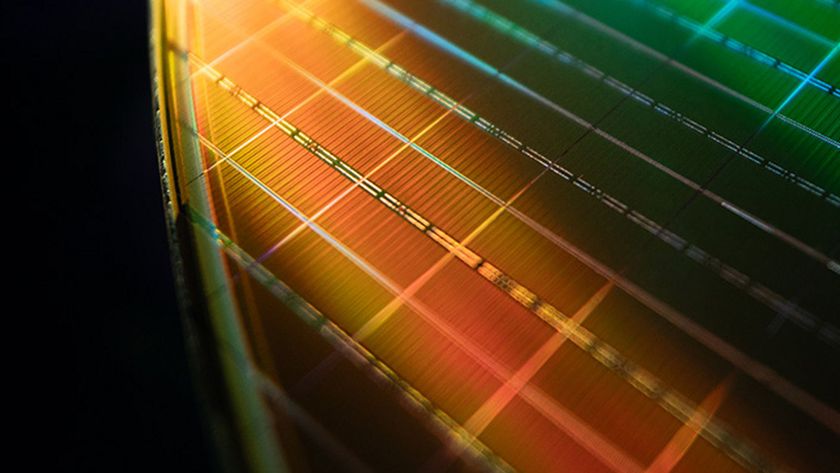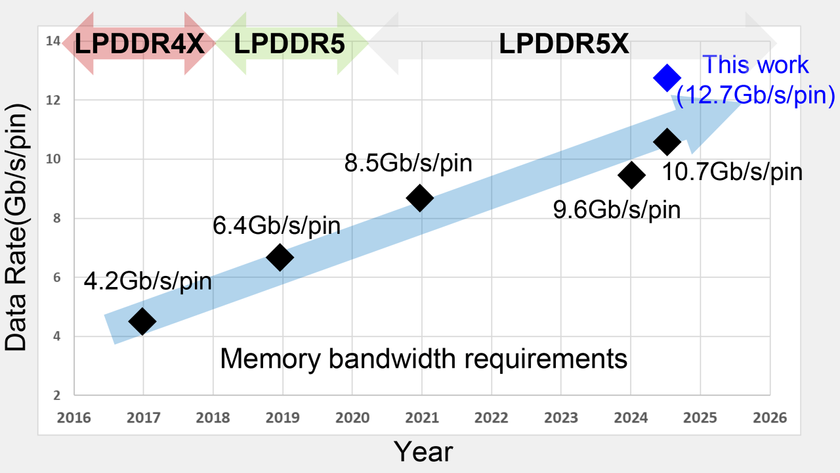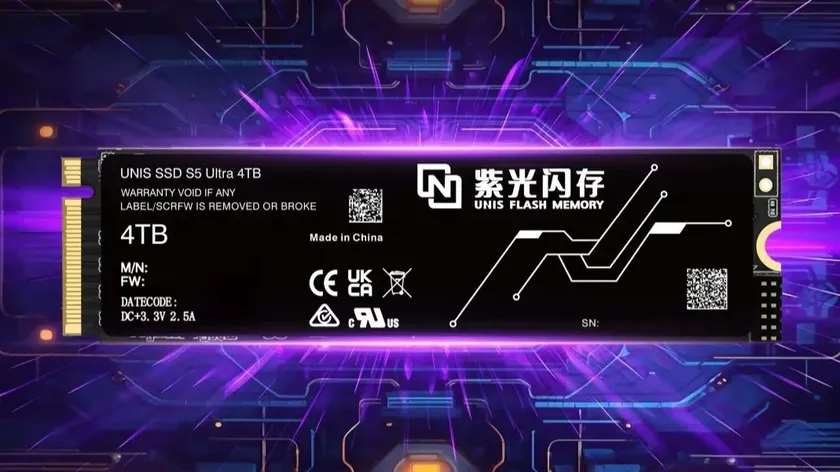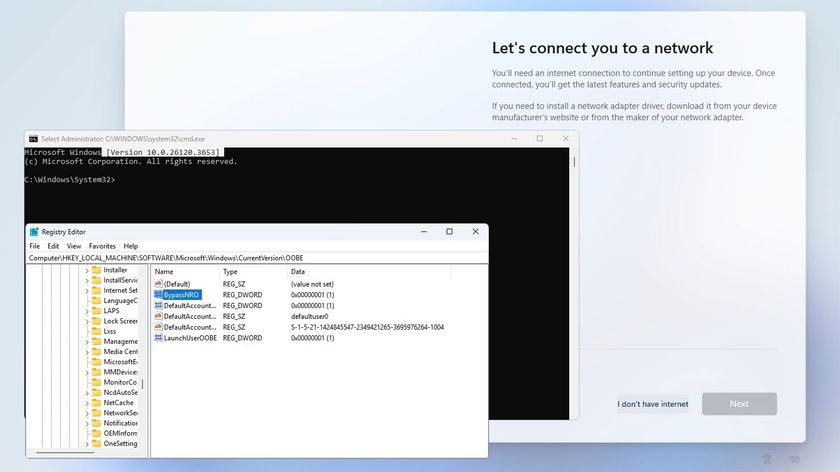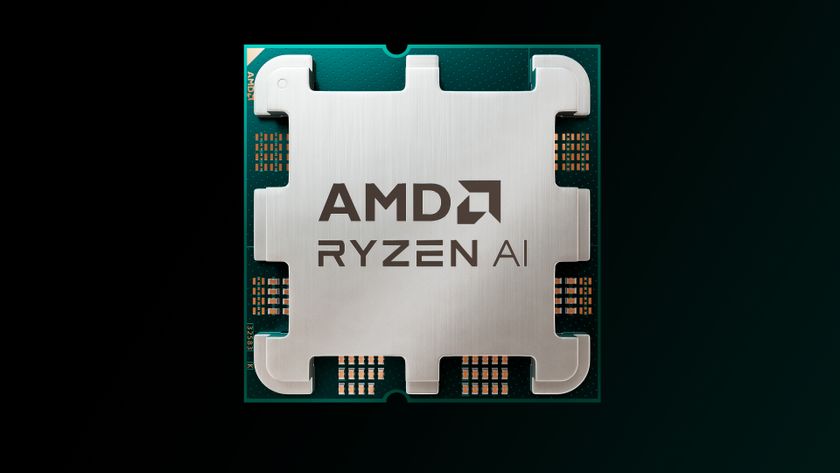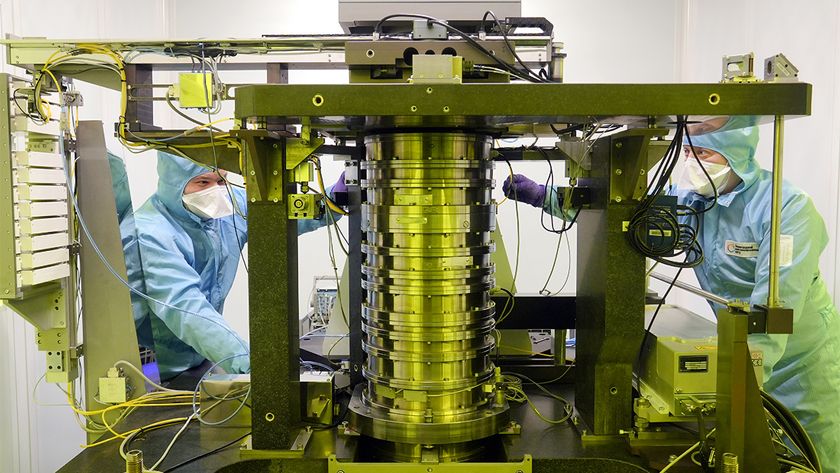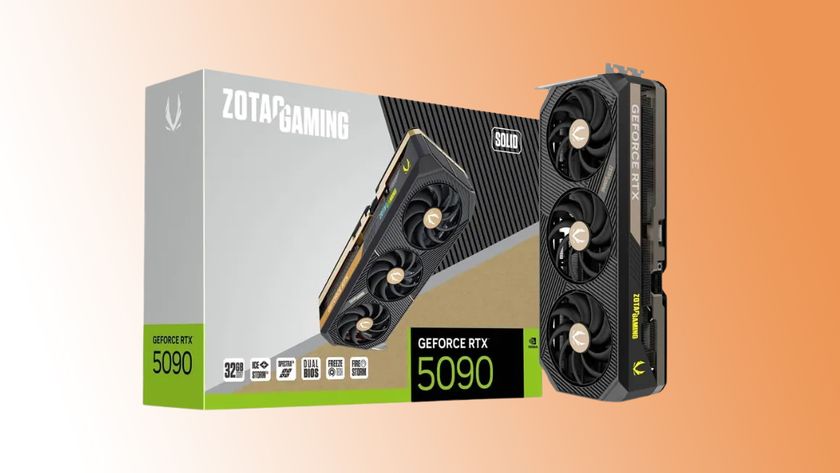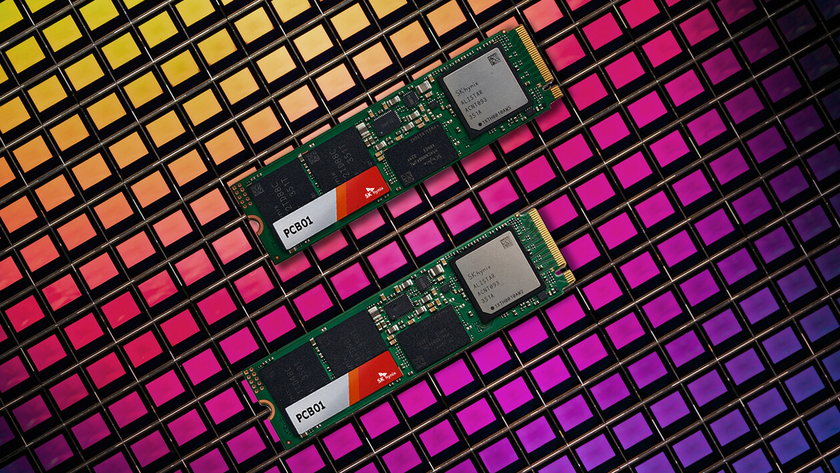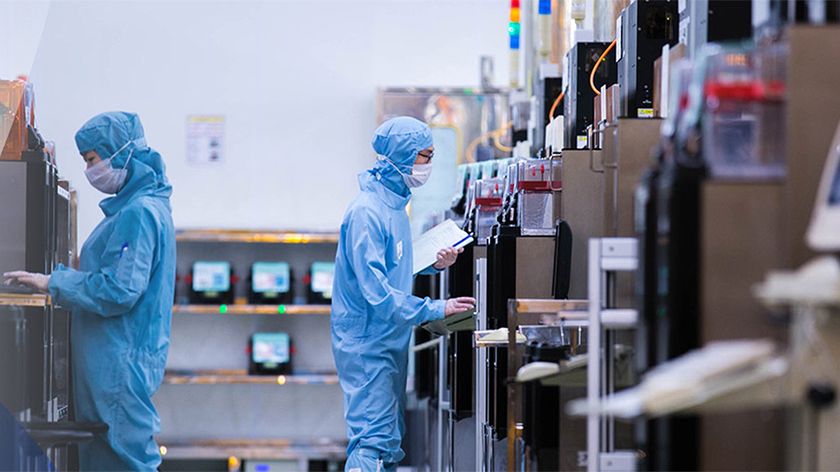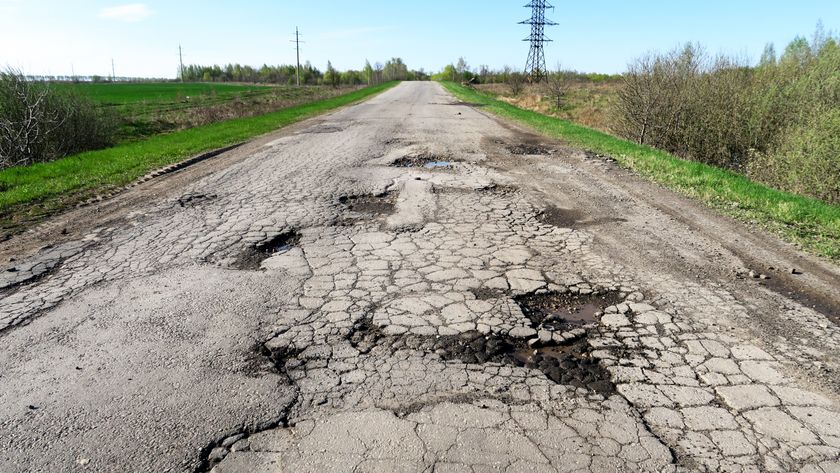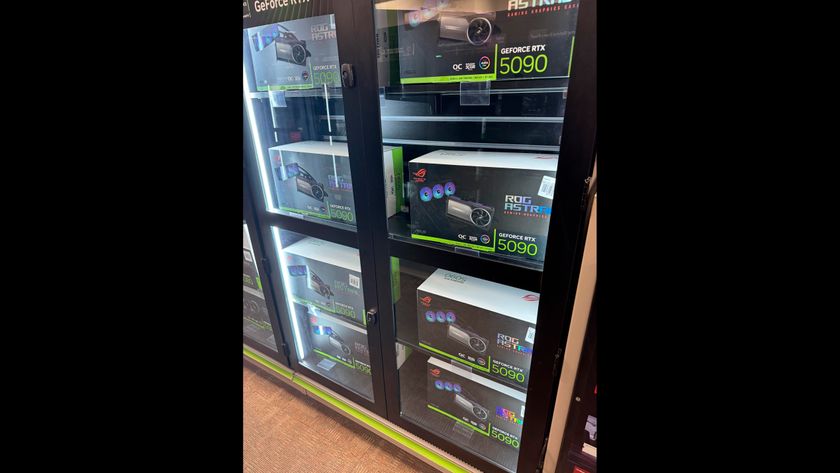SK Hynix Sees DRAM Market Recovery Due to AI Servers
SK Hynix says demand for HBM and DDR5 memory drives revenue growth.
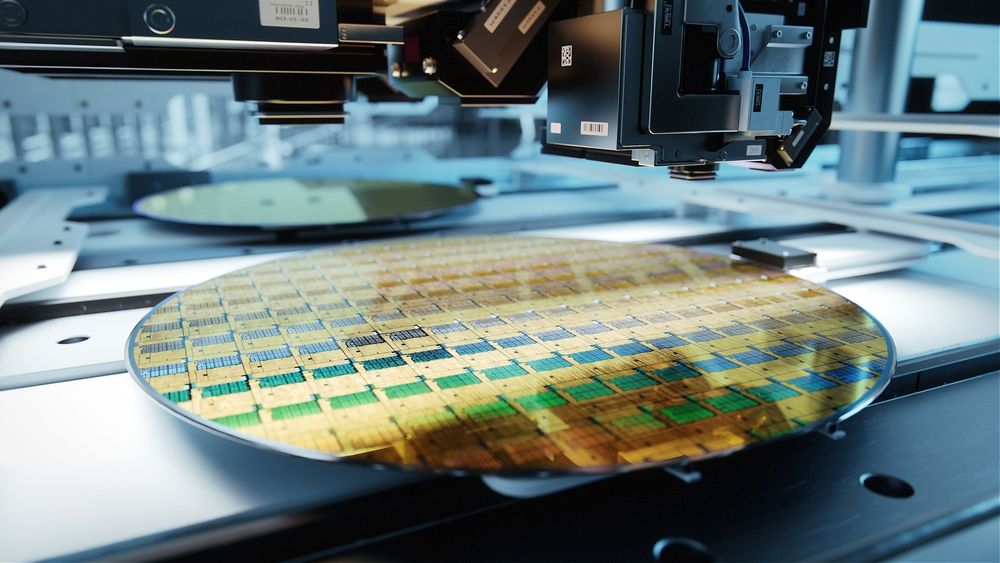
As demand for PCs and smartphones remains tepid, prices of commodity 3D NAND and DRAM continue to slide, leading to deepening losses for manufacturers. But in its second quarter financial results SK Hynix now says that it sees recovery of the memory industry thanks to increasing demand for HBM2 and HBM3 memory used by artificial intelligence (AI) servers as well as DDR5 SDRAM that are sold at a premium.
"Amid an expansion in generative artificial intelligence (AI) market, which has largely been centered on ChatGPT, demand for AI server memory has increased rapidly," a statement by SK Hynix reads. "As a result, sales of premium products such as HBM3 and DDR5 increased, leading to a 44% sequential increase in revenue for the second quarter, while operating loss narrowed by 15%."
SK Hynix earned 7.306 trillion won ($5.729 billion) in Q2 2023, down 47% year-over-year, but up 44% quarter-over-quarter. The company's net loss achieved 2.988 trillion won ($2.343 billion), an increase of 16% quarter-over-quarter. Meanwhile, due to increased demand for premium types of memory, the company's gross margin increased from -67% in the first quarter to -39% in the second quarter.
"Having passed the trough in the first quarter, the memory semiconductor market is seen to have entered the recovery phase," said Kim Woohyun, Vice President and Chief Financial Officer (CFO) at SK Hynix. "SK Hynix will strive to prop up earnings through its technological competitiveness in high-end products."
SK Hynix also reported an increase in sales of both DRAM and NAND commodity products for the second quarter. Despite a drop in the price of generic DRAM products like DDR4 due to lower demand from the PC and smartphone sectors, the average selling price (ASP) of DRAM augmented due to higher sales of high-end products intended for AI servers. The diminished inventory valuation loss, coupled with the company’s ongoing efforts to cut costs, resulted in a reduced operational loss.
In the quarterly earnings teleconference, SK Hynix projected a stable demand for AI memory and anticipates a more pronounced effect of production cuts by memory manufacturers, which is expected to lead to price increases. The company also plans to bolster sales of its high-end DRAM products, including HBM3, DDR5, LPDDR5, and 176-layer3D NAND-based SSDs in a bid to increase revenue.
The manufacturer reiterated its commitment to decrease CapEx budget by at least 50% relative to 2022, but affirmed that the company will continue investing to increase production capacity of high-density DDR5 and HBM3 to facilitate future market growth.
Stay On the Cutting Edge: Get the Tom's Hardware Newsletter
Get Tom's Hardware's best news and in-depth reviews, straight to your inbox.
"The company's stance on consolidated investment, which is to reduce that by at least 50% compared to 2022, remains unchanged, but with resources secured by management efficiency, we will continue to invest to expand the production capacity of high-density DDR5 and HBM3 that will lead future market growth," said Kim.
While the company is expected to ramp production of 3D NAND and DRAM based on its latest process technologies — 238-layer 3D NAND for flash and 1-beta for DRAMs — by the end of the year, due to an excess inventory of 3D NAND, the company opted to further reduce 3D NAND production in the coming quarter.

Anton Shilov is a contributing writer at Tom’s Hardware. Over the past couple of decades, he has covered everything from CPUs and GPUs to supercomputers and from modern process technologies and latest fab tools to high-tech industry trends.
